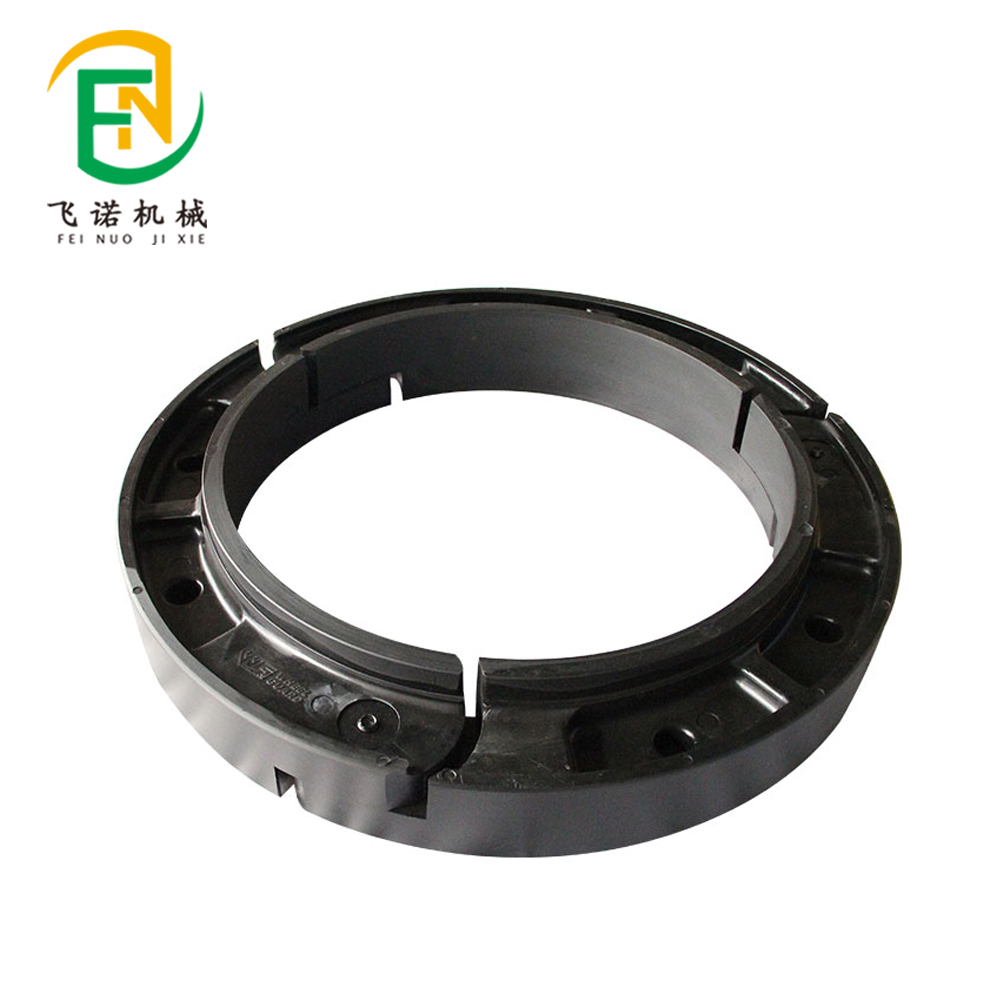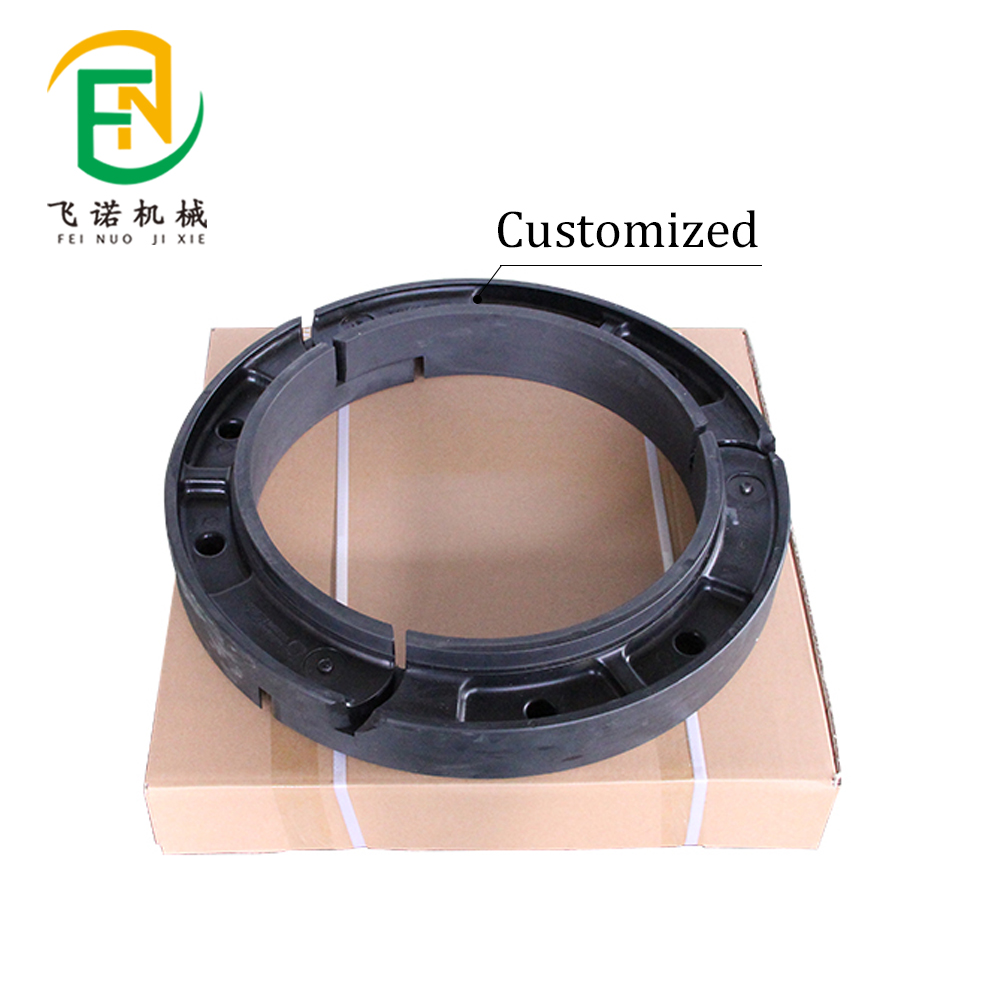- June 13, 2025
- Posted by: feinuojixie
- Category: Run Flat Guide


When military operations unfold in some of the most unforgiving environments on Earth, vehicle reliability is not just important—it’s essential. Among the many innovations that ensure this reliability, run flat tire military systems stand out as a game-changer. These tires are not just rugged; they’re a lifeline when vehicles come under fire, roll over hostile terrain, or navigate through unpredictable environments. Designed to function even after sustaining damage, run flat tire technology enables vehicles to maintain mobility when it matters most. Whether a mission calls for silent reconnaissance through the desert or a high-speed response in a conflict zone, military forces worldwide depend on these specially engineered tires to get the job done. In the following sections, we’ll dive into how this technology works, where it thrives, and why it’s a vital part of modern defense strategy.


The Role of Run Flat Tire Military Systems in Modern Warfare
Modern warfare demands flexibility, speed, and resilience. As military vehicles have evolved from lightly armored transports to heavily fortified machines of war, the need for dependable mobility has grown. Run flat tire military systems ensure that even when a tire is penetrated by bullets, shrapnel, or sharp debris, the vehicle remains operational. This mobility can be the difference between mission success and failure, between a safe retreat and a catastrophic loss. Today, these tires are not optional—they are a fundamental requirement for tactical ground vehicles across all branches of the armed forces.
How Run Flat Tire Military Design Keeps Troops Moving
The science behind run flat tire military design lies in their ability to support the vehicle’s weight even after air pressure loss. Most systems use reinforced sidewalls or internal support rings that allow continued movement for a specified distance at controlled speeds. These components are built from high-strength composites, ballistic-grade rubber, or lightweight alloys, depending on the mission profile. This allows military vehicles to drive for dozens of kilometers after a blowout—enough distance to escape the kill zone, reach safety, or complete a critical objective.
Surviving the Worst: Run Flat Tire Military Applications in Combat
The real test of any military equipment is its performance under fire. In active combat zones such as the Middle East or Eastern Europe, vehicles are frequently targeted by improvised explosive devices (IEDs) and ambushes. Run flat tire military systems have proven to be literal lifesavers in such scenarios. After taking fire or hitting a roadside bomb, a vehicle equipped with run flat tires can keep moving, allowing troops to reposition or retreat without being stranded. Many documented cases show these systems absorbing devastating impacts and still allowing the convoy to continue moving, saving lives in the process.
Endurance in Any Terrain: Performance in Harsh Environments
From sweltering deserts to icy mountain passes, military missions are conducted in every type of terrain. Run flat tire military designs are tested in extreme temperatures, heavy mud, loose sand, jagged rocks, and deep snow. Their ability to operate in these environments without failure is a key advantage. Unlike traditional tires that may burst or deform under such conditions, run flat systems maintain their integrity, preserving vehicle handling and reducing the risk of accidents. Their robust performance ensures mission continuity even when natural terrain becomes the enemy.
Maintenance Matters: Reliability and Reduced Downtime
One of the biggest logistical challenges in military operations is vehicle maintenance. Flat tires can bring convoys to a halt, create dangerous bottlenecks, and require soldiers to exit their vehicles in hostile territory. Run flat tire military systems reduce these risks by eliminating the immediate need for a tire change. Maintenance intervals are extended, field repairs are minimized, and fewer spare tires are needed on hand. This increases operational efficiency and decreases the burden on supply chains, all while improving soldier safety.
Strategic Advantage: Why Military Forces Rely on Run Flat Tire Systems
Every second counts in combat, and so does every kilometer of mobility. Run flat tire military solutions give armed forces a strategic advantage by ensuring that even when the unexpected happens, vehicles can still move. Whether it’s avoiding enemy fire, chasing down threats, or reaching evacuation points, mobility is key. These tires also help simplify military logistics—fewer support vehicles, fewer repair stops, and more confidence in each deployment. In short, they help modern militaries stay fast, flexible, and protected.


Future Frontiers: Innovation in Run Flat Tire Military Engineering
As technology advances, so too does the development of smarter, lighter, and more efficient run flat tire military systems. Engineers are now incorporating self-healing materials, embedded sensors that monitor tire health in real time, and hybrid designs that reduce weight while enhancing durability. These innovations aim to further improve vehicle performance, lower costs, and provide real-time intelligence about terrain and tire status. The future promises even greater resilience on the battlefield, as run flat tire technology becomes more intelligent and adaptable.
Unstoppable on Every Front
Military operations demand equipment that’s as tough as the soldiers who depend on it. Run flat tire military systems are more than just tires—they’re an essential part of mission readiness, safety, and tactical advantage. From resisting gunfire to navigating extreme terrain, they prove time and again that mobility doesn’t have to stop when the tire does. In the harshest conditions and the most dangerous situations, these tires help ensure that nothing stands between the mission and success. Rugged, reliable, and always ready—run flat tire military technology truly keeps our forces moving forward.
